
النبات

مواضيع عامة في علم النبات

الجذور - السيقان - الأوراق

النباتات الوعائية واللاوعائية

البذور (مغطاة البذور - عاريات البذور)

الطحالب

النباتات الطبية


الحيوان

مواضيع عامة في علم الحيوان

علم التشريح

التنوع الإحيائي

البايلوجيا الخلوية


الأحياء المجهرية

البكتيريا

الفطريات

الطفيليات

الفايروسات


علم الأمراض

الاورام

الامراض الوراثية

الامراض المناعية

الامراض المدارية

اضطرابات الدورة الدموية

مواضيع عامة في علم الامراض

الحشرات


التقانة الإحيائية

مواضيع عامة في التقانة الإحيائية


التقنية الحيوية المكروبية

التقنية الحيوية والميكروبات

الفعاليات الحيوية

وراثة الاحياء المجهرية

تصنيف الاحياء المجهرية

الاحياء المجهرية في الطبيعة

أيض الاجهاد

التقنية الحيوية والبيئة

التقنية الحيوية والطب

التقنية الحيوية والزراعة

التقنية الحيوية والصناعة

التقنية الحيوية والطاقة

البحار والطحالب الصغيرة

عزل البروتين

هندسة الجينات


التقنية الحياتية النانوية

مفاهيم التقنية الحيوية النانوية

التراكيب النانوية والمجاهر المستخدمة في رؤيتها

تصنيع وتخليق المواد النانوية

تطبيقات التقنية النانوية والحيوية النانوية

الرقائق والمتحسسات الحيوية

المصفوفات المجهرية وحاسوب الدنا

اللقاحات

البيئة والتلوث


علم الأجنة

اعضاء التكاثر وتشكل الاعراس

الاخصاب

التشطر

العصيبة وتشكل الجسيدات

تشكل اللواحق الجنينية

تكون المعيدة وظهور الطبقات الجنينية

مقدمة لعلم الاجنة


الأحياء الجزيئي

مواضيع عامة في الاحياء الجزيئي


علم وظائف الأعضاء


الغدد

مواضيع عامة في الغدد

الغدد الصم و هرموناتها

الجسم تحت السريري

الغدة النخامية

الغدة الكظرية

الغدة التناسلية

الغدة الدرقية والجار الدرقية

الغدة البنكرياسية

الغدة الصنوبرية

مواضيع عامة في علم وظائف الاعضاء

الخلية الحيوانية

الجهاز العصبي

أعضاء الحس

الجهاز العضلي

السوائل الجسمية

الجهاز الدوري والليمف

الجهاز التنفسي

الجهاز الهضمي

الجهاز البولي


المضادات الميكروبية

مواضيع عامة في المضادات الميكروبية

مضادات البكتيريا

مضادات الفطريات

مضادات الطفيليات

مضادات الفايروسات

علم الخلية

الوراثة

الأحياء العامة

المناعة

التحليلات المرضية

الكيمياء الحيوية

مواضيع متنوعة أخرى

الانزيمات
The Notch Pathway
المؤلف:
T.W. Sadler
المصدر:
Langmans Medical Embryology
الجزء والصفحة:
14th E, p10-12
2025-05-26
248
Notch transmembrane receptors bind to trans membrane ligands of the DSL (Delta/Serrate/ LAG-2) family, which requires cell-to-cell con tact (juxtacrine signaling) for signaling to occur. In mammals, there are four Notch family members and five transmembrane ligands (lagged 1 and 2 and Delta 1 to 3). Binding of one of these proteins to a Notch receptor causes a conformational change in the Notch protein such that part of it on the cytoplasmic side of the membrane is cleaved. The pathway is very straightforward in that there are no second messengers involved. Thus, the cleaved portion of the protein enters the nucleus directly and binds to a DNA-binding protein that normally represses transcription of Notch target genes. Binding of Notch removes the inhibitory activity of the repressor and permits activation of downstream genes (Fig. 1).
Fig1. Drawing illustrating signaling via the Notch pathway. Notch receptors located on one cell bind a ligand from the DSL family [Jagged or Serrate] that are located on an adjacent cell [juxtacrine signaling], and this receptor—ligand interaction activates a proteolytic enzyme that cleaves the Notch protein to pro— duce the activated membrane anchored Notch extracellular truncation [NEXT]. NEXT is then cleaved by an intracellular secretase enzyme that results in the release of Notch intracellular domain [NICD] that represents the active signaling portion of the original Notch receptor. NICD translocates directly to the nucleus where it binds to transcription repressors and removes their inhibitory activity on downstream target genes of the Notch pathway.
Notch signaling is involved in cell proliferation, apoptosis, and epithelial to mesenchymal transitions. It is especially important in neuronal differentiation, blood vessel formation and specification (angiogenesis), somite segmentation, pancreatic B-cell development, B- and T-cell differentiation in the immune system, development of inner ear hair cells, and septation of the outflow tract of the heart. Mutations in JAG1 or NOTCH2 cause Alagille syndrome characterized by cardiac outflow tract defects as well as skeletal, ocular, renal, and hepatic abnormalities. JAG1 mutations have also been linked to cases of tetralogy of Fallot (a cardiac outflow tract defect).
 الاكثر قراءة في العصيبة وتشكل الجسيدات
الاكثر قراءة في العصيبة وتشكل الجسيدات
 اخر الاخبار
اخر الاخبار
اخبار العتبة العباسية المقدسة

الآخبار الصحية















 قسم الشؤون الفكرية يصدر كتاباً يوثق تاريخ السدانة في العتبة العباسية المقدسة
قسم الشؤون الفكرية يصدر كتاباً يوثق تاريخ السدانة في العتبة العباسية المقدسة "المهمة".. إصدار قصصي يوثّق القصص الفائزة في مسابقة فتوى الدفاع المقدسة للقصة القصيرة
"المهمة".. إصدار قصصي يوثّق القصص الفائزة في مسابقة فتوى الدفاع المقدسة للقصة القصيرة (نوافذ).. إصدار أدبي يوثق القصص الفائزة في مسابقة الإمام العسكري (عليه السلام)
(نوافذ).. إصدار أدبي يوثق القصص الفائزة في مسابقة الإمام العسكري (عليه السلام)


















